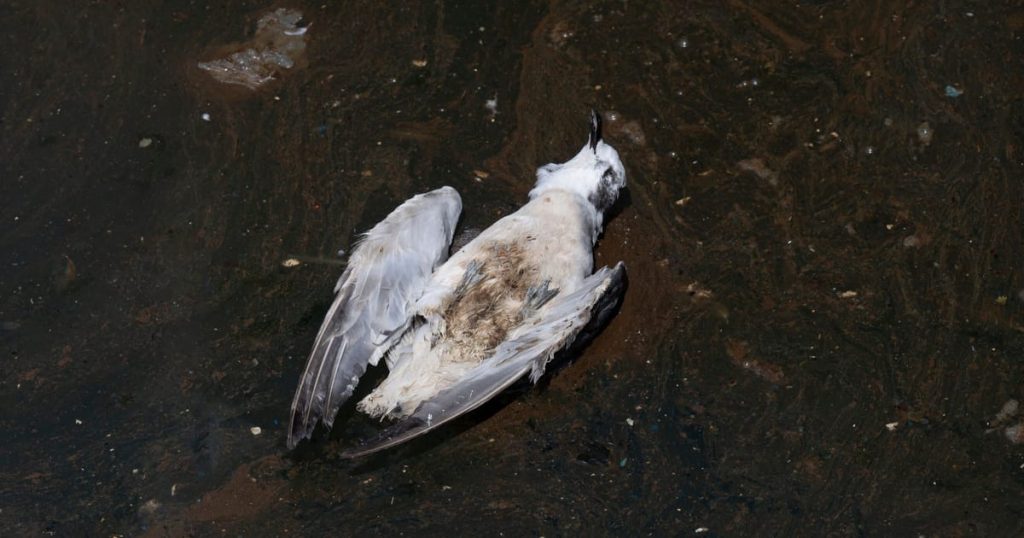The recent spillover of bird flu to mammals has led the World Health Organization to warn that while the risk to humans currently remains low, it cannot be assumed that this will remain the case.
WHO Director General Tedros Adhanom Ghebreyesus said Wednesday that cases of avian influenza in minks, otters, foxes and sea lions reported in recent weeks need to be monitored closely. “For the moment, the WHO assesses the risk to humans as low,” he said. Tedros pointed to the fact that since the emergence of H5N1 in 1996 there has only been “rare and non-sustained” transmission to and between humans.
“But we cannot assume that will remain the case and we must prepare for any change in the status quo,” he said.
In October, the H5N1 virus was detected in a mink farm outbreak in Spain’s Galicia region. While investigations found mink-to-mink transmission may have taken place at the farm, all staff there tested negative for the virus.
Worldwide, four people were infected by the avian flu virus (H5N1) last year, one of whom died, said Christian Lindmeier, WHO spokesperson, in emailed comments.
Avian flu poses an ongoing threat to human health due to its potential to cause a future pandemic and therefore strong disease surveillance remains critical, he said.
“Surveillance in animals is important to catch any changes in the virus that have implications for human health,” the spokesperson said.
On Wednesday, Tedros called on countries to strengthen their surveillance of areas where humans and animals interact.
The WHO is also working to ensure that if the worst happens, supplies of vaccines and antivirals are available. Tedros said the WHO was continuing to engage with manufacturers on this issue

